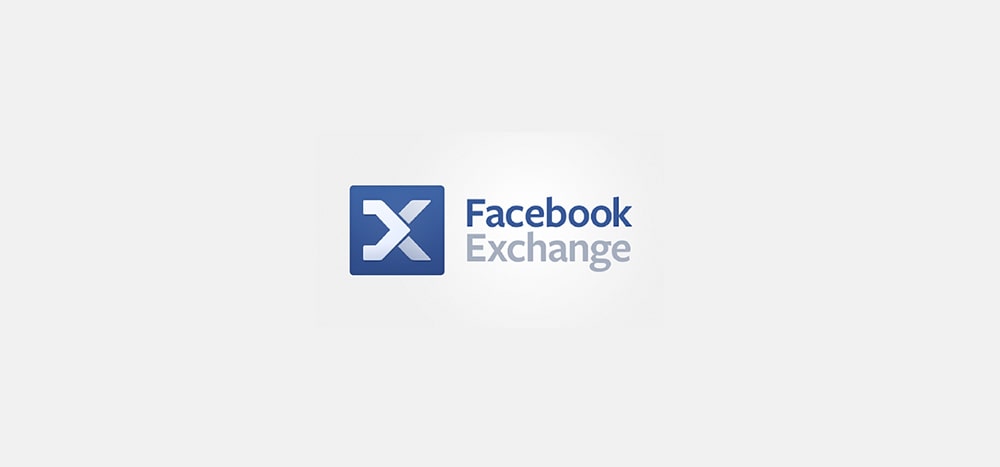
Should Publishers Implement Facebook Exchange?
By Elisa Rivero
While the majority of advertisers still have not used FBX, the social network’s real-time bidding exchange for serving retargeted ads, data shows Facebook is taking an ever-greater share of these impressions.
See on www.emarketer.com
Facebook Exchange (FBX), the real-time bidding platform that launched in 2012, partners with retargeting companies such as AdRoll to let advertisers purchase and deliver retargeting impressions on Facebook.
AdRoll partnered with Facebook early on after the launch of the Exchange. According to eMarketer, Facebook Exchange is increasing in popularity, and AdRoll alone has more than 700 brands advertising on the Facebook platform. Overall, the number of retargeted clicks Facebook has seen is rising.
The click-through rates for FBX ads was 40 percent less than other web retargeting ads, but the price per click came in at 80 percent lower than on Facebook.
“There’s still plenty of upside for Facebook retargeting advertisers, however. Cost per impression (CPM) and cost per click (CPC) were both significantly lower on Facebook, proving that the social site does offer some substantial monetary benefits, along with ride reach,” the summary from eMarketer says.
ResponsiveAds’ Insight:
Is the Facebook Exchange social re-targeting ad network the Trojan Horse for Facebook’s global monetization strategy?
Facebook has developed a plug-in for publishers’ websites so they can track readers’ behaviors. However, publishers aren’t the only ones who can track users’ behaviors. Facebook can, too.
The social network can place the most relevant ads on the page, but the publisher needs to open up their inventory to Facebook Exchange. This could be the first step toward programmatic premiums.
In addition, Facebook likes screen-shifting, and mobile is part of that bundle. It can be delivered to any screen at a premium CPM.
We think that ad currencies should not be based on channels, but rather the value of the ad impression at that particular moment and time. It’s no longer about the size or shape of the ad — it’s the ad’s effectiveness.
We believe that having one ad that transforms to match the RTB environment of DSPs and exchanges is the best way to go.
One option is to upload different creatives and SWAP them out for different sizes and shapes. The other choice is to have your brand agency on the dashboard, communicating in real time through the ad, just like Twitter.
Related posts



